June 1, 2018
How our noisy world was foreseen by the 20th Century’s great minds
 Over the past few years we’ve become more aware of the problems associated with the pace and clatter of modern life and not least among them its noise. Authors like Susan Cain have highlighted not only how distracting noise can be for everybody but how it affects different personality types in different ways. She is perhaps the world’s most high profile proponent of the idea that sometimes we need to work quietly and alone and is the author of Quiet: the power of introverts in a world that can’t stop talking and the person responsible for this now famous and archetypal TED Talk presented on the effects of sound and the need for more silence and privacy. But she is not alone in making these claims, nor is she the first person to do so and the warning signs have been around for quite some time. The first calls for people to heed the racket of modern life came at least a hundred years ago as we began the 20th Century transition to office based life with its distractions of noisy things and people.
Over the past few years we’ve become more aware of the problems associated with the pace and clatter of modern life and not least among them its noise. Authors like Susan Cain have highlighted not only how distracting noise can be for everybody but how it affects different personality types in different ways. She is perhaps the world’s most high profile proponent of the idea that sometimes we need to work quietly and alone and is the author of Quiet: the power of introverts in a world that can’t stop talking and the person responsible for this now famous and archetypal TED Talk presented on the effects of sound and the need for more silence and privacy. But she is not alone in making these claims, nor is she the first person to do so and the warning signs have been around for quite some time. The first calls for people to heed the racket of modern life came at least a hundred years ago as we began the 20th Century transition to office based life with its distractions of noisy things and people.






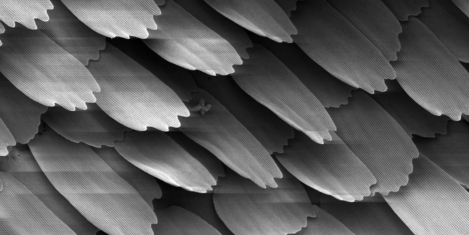
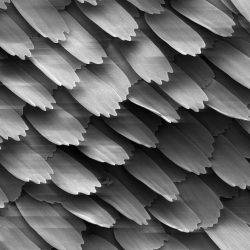
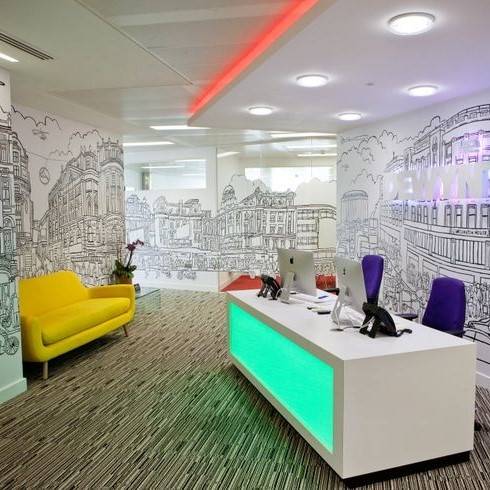
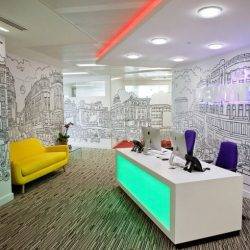





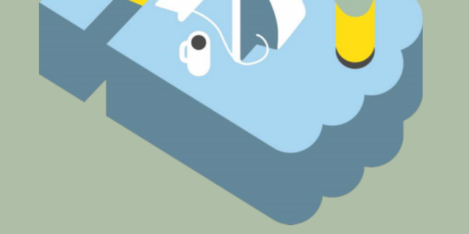
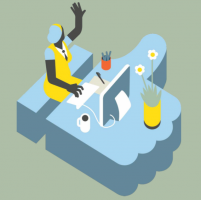
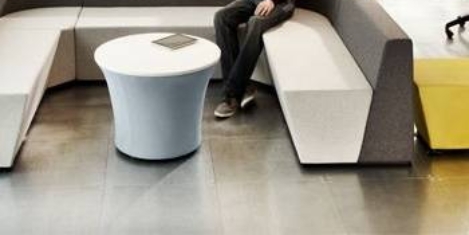
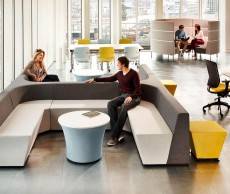

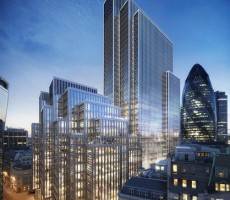
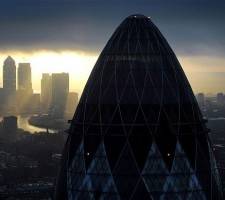











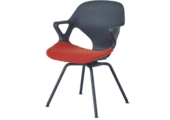



November 30, 2018
How the way we interact with technology is changing the way we think
by Charles Marks • Comment, Technology, Workplace design
More →